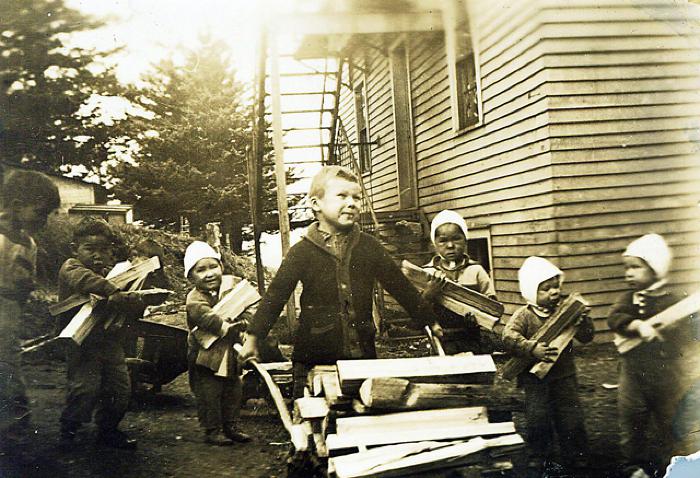Arm — Ipik

In classical Alutiiq society, people wore long, hoodless robes stitched from bird or animal skins. These garments had loose, heavy sleeves that could make completing daily chores difficult. To facilitate work, seamstresses created slits in the sides of these robes, long narrow vents that ran from under the arm to the hip. When a person wished to work with their arms, they simply pulled them out of their sleeves and extended them through the vents in their robe. This freed the arms while keeping the torso covered and warm.
Prehistoric Alutiiq skeletal remains indicate that men worked extensively with their arms. Bones and muscles thicken with strenuous physical activity, and larger muscles etch a larger pattern on the underlying bone. From looking at the marks left by muscles on adult male arm bones, particularly the humerus or upper arm bone, anthropologists believe that Alutiiq men developed massive arm muscles. This strength reflects a lifetime of carrying wood and water, building structures, throwing spears, casting darts, and paddling boats.
